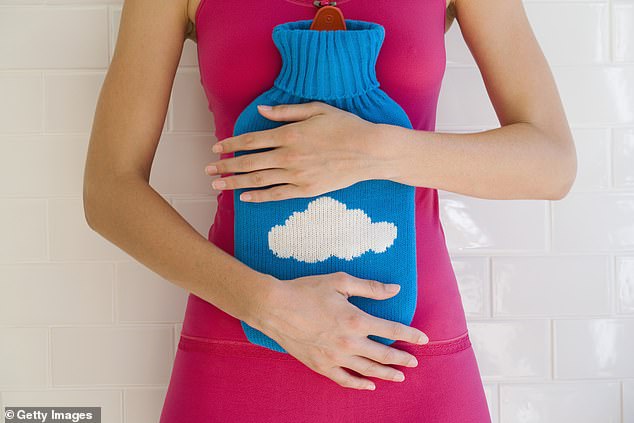- Endometriosis affects the physical and mental health of one in 10 women in the UK
<!–
<!–
<!– <!–
<!–
<!–
<!–
Women must wait almost a year longer to receive an endometriosis diagnosis than before the pandemic, a report reveals.
It now takes doctors an average of eight years and ten months to identify the painful disease, an increase of ten months from 2020.
Most women made at least one visit to A&E and almost half needed ten or more GP appointments before being diagnosed.
Waiting delays access to treatment, when the disease can progress, creating the risk of permanent damage to organs. Charity Endometriosis UK said women were being “dismissed, ignored and belittled”.

Most women made at least one emergency room visit and almost half needed ten or more GP appointments before being diagnosed (file image)


Almost half of all respondents (47 percent) had visited their GP at least ten times with symptoms before receiving a diagnosis (file image)
Endometriosis affects the physical and mental health of one in ten women in the UK from puberty to menopause, although the impact can be felt for life, the charity added.
In sufferers, cells similar to those in the lining of the uterus are found outside the uterus. Each month, these cells react the same way to those in the uterus, building up and then breaking down and bleeding. Unlike uterine cells that leave the body during menstruation, they have no way to escape.
The new report from Endometriosis UK, based on a survey of 4,371 women with the disease, highlights an increase in diagnosis times in all four UK countries since 2020.
Almost half of all respondents (47 per cent) had visited their GP at least ten times with symptoms before receiving a diagnosis.
Only 10 per cent said GPs mentioned they suspected endometriosis at their first or second appointment.
About 52 percent had visited A&E at least once, and less than a fifth of them (17 percent) were referred to gynecology on their first visit. More than a quarter (26 percent) of respondents visited the ER three or more times with symptoms before diagnosis.
And 20 percent reported visiting a gynecologist ten or more times before receiving their diagnosis.
Shockingly, 78 percent of those who were subsequently diagnosed were told they were “making a fuss over nothing.”
The disease affects 1.5 million women in the UK, but Endometriosis UK says not enough resources are allocated to it.
Women’s Health Strategy Minister Maria Caulfield said: “We are working so that the despised, ignored and belittled are heard, understood and empowered.”

